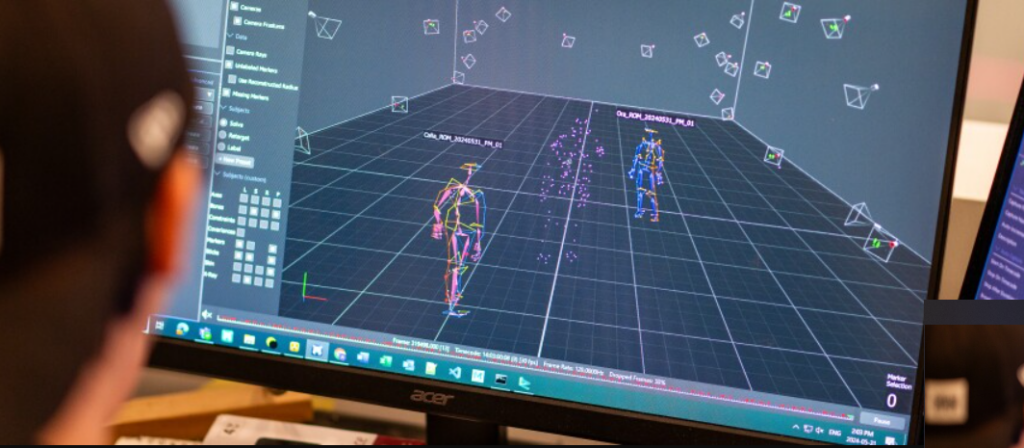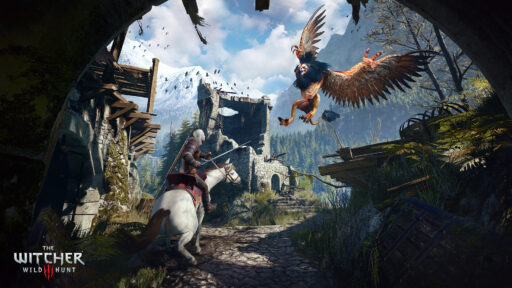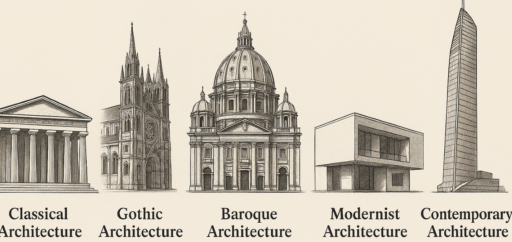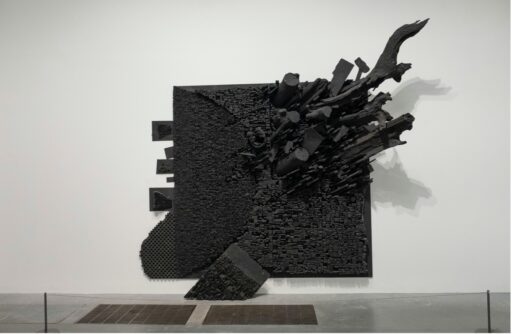
Game Developers as Modern Artists: Beyond Code and Pixels
Introduction
As technology evolves, offering increasingly diverse opportunities for activities via computers, phones, and the internet, the very concept of art is also changing. While traditionally, people associate art with paintings or sculptures, today we’ll discuss why game developers, in our fast-paced modern lives, can be considered artists.
Beyond the Final Product: Game Dev’s Effort
When we play a game, we usually see it in its finished form and simply start playing without considering how much work and effort went into creating it. If we observe carefully, though, we can begin to realize the unbelievable time and effort required from developer team before it is published on our screens. The focus in game creation is on programming, character development, game world creation, and making sure all of it is compatible with one another. Although this process in itself is sounding simple, to create detailed and large games that usually take years of effort—far more than it takes to make a film. This points towards the level of attention and commitment required to the game creation process.
The Many Roles in Game Development: Behind the Scenes of Game Creation
Game development is a mix of art and technology, with each team member using their skills to create a fun and smooth experience for players. The final product that players engage with is not just the result of a few technical aspects but the result of a carefully orchestrated artistic collaboration. Thus, video game developers should be recognized not only as technicians but also as true artists, as they design and craft intricate worlds and interactive experiences that continue to push the boundaries of what art can be in the digital age.
Building a game has a multiplicity of professionals working towards the common goal of the realization of the vision of the game. They all perform different functions where most of them would be primarily based on artists and creativity, for example artists who will create the characters, taking them into the world of the game.The game developers write the underlying code of the game, which is later used in interaction and functionality within the context of the game. 3D modelers will give this artwork life, creating dynamic worlds and characters that experience and exist very real and engaging within it. Also, interior designers may create the interiors of buildings and rooms in the game so that realistic and unique becomes every room or building with the game design.
Game development in art and technology is where one pinpoints all abilities put at a place to make the seamless and enjoyable play experience. Whatever gamers play here is not a result of a few technical variables but intricately honed art process. This is how game designers need to be acknowledged- not merely as technicians but as artists in the fullest sense because they build and shape intricate worlds and interactive experiences that continue to push the boundaries of what art can do in the digital age.
How Game Mechanics Encourage Creative Thinking
The core gameplay mechanics themselves are a form of art. How players interact with the world, solve problems, or achieve objectives requires careful design and creativity. For example, there are games that provide intricate puzzles that combine art with logic and creativity, encouraging players to think and interact in novel ways.While some puzzles may rely heavily on a specific formula, most require players to perceive patterns, recognize hidden relationships, and approach all problem-solving from more than one angle. Satisfaction from successfully solving these puzzles derives not only from having arrived at the right answer but also from such things as the creative process of discovery or, if you will, the “aha!” moment that one experiences when the disparate pieces click into place.
Conclusion
In general, video game development stands as the real art and craft synthesis as much as vision. Every component from story, art to code and gameplay systems has been the fruit of the imagination of developers who made these worlds virtual. When they are valued as artists, it respects their part in the cultural formation of present time and highlights video games as a very rich and alive work of art in this age of digits.
More From The Author
-
The Aesthetics of Blocks: Minecraft as an Art Form
Introduction As times change, so does our understanding of art. In the past, painting and sculpture were dominant forms of artistic expression, but with the rise of modern technology, art has evolved. Video games are now recognized as a contemporary…
-
Virtual Galleries: The Future of Digital Artistic Expression
Introduction In the modern world, technology accompanies us at every step, so art and its perception are no exception. VR (virtual reality) technology has recently become extremely popular among art lovers, as it allows not only to visit museums or…












Game developers are one of the most creative people, and I strive to be like them one day. Take Toby Fox as an example, he created Undertale alone; all the music, textures, mechanics, lore, everything, and despite that Undertale is still one of the most beloved indie games of all time.
Essentially, game developers are creating their own language, in order to achieve something beautiful! Whenever it is coding, modelling or art direction!
Game devs deserve more recognition. Glad to see someone highlighting their artistic side!